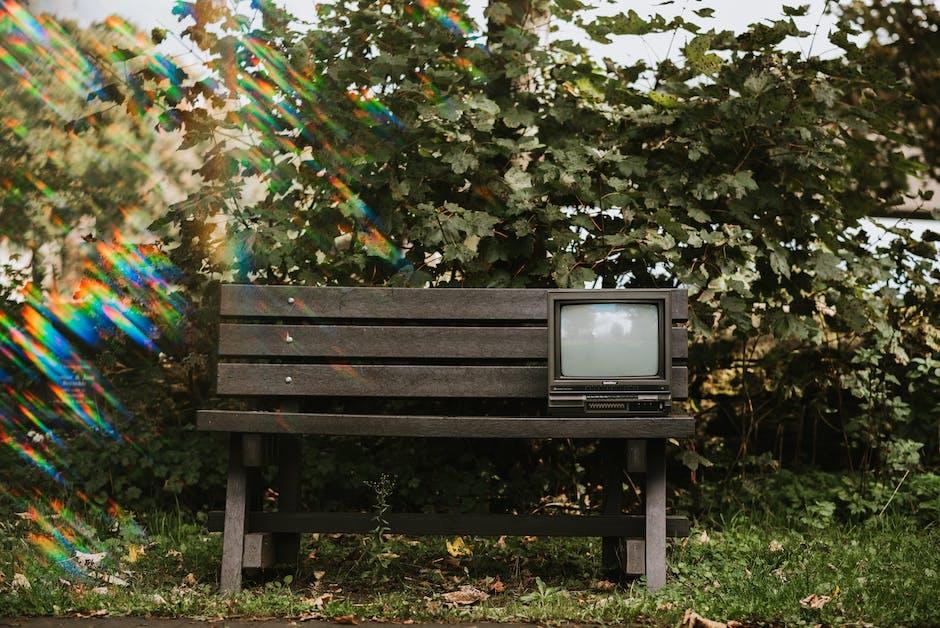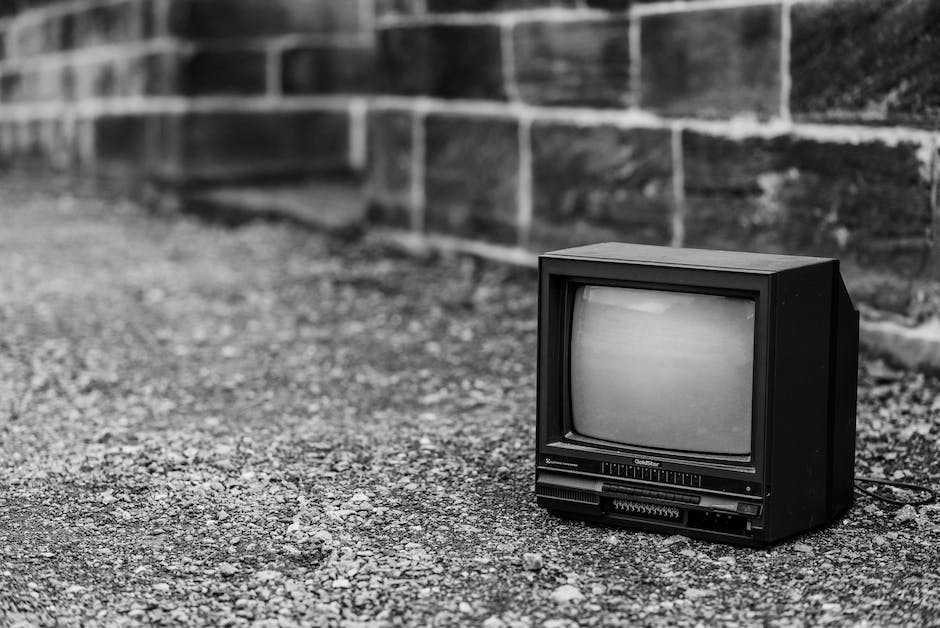Signage taught people patience
How Signage Was Used In The Old West. The Wild West was a time of tough pioneers and dangerous outlaws. It was also a time when businesses had to get creative with their signage. With no electricity or social media, businesses had to come up with creative ways to attract attention and let people know what they were selling. Here are some of the most creative and famous signs from the Old West.
Another famous sign from the Old West was used by a dentist in Dodge City, Kansas. His sign featured a giant set of teeth with a note that said “Painless Parker – Dentist.” The dentist, Dr. George E. Parker, was known for his painless dental procedures, which were a novelty at the time. He became so famous that people would come from all over to get their teeth fixed by him.
There are also stories of businesses using more unconventional methods to attract attention. One barber in Colorado is said to have hung a pair of shoes from a pole outside his shop. The shoes would swing back and forth in the wind and make a noise that would attract attention. Another story tells of a business that hired a man to stand outside and shout about their wares all day long. These methods might seem strange to us now, but they were effective in attracting attention in a time before social media or even electricity!
In most cases, signs were put up quickly. That is because they allowed for messages that would otherwise take a long time to communicate. A message might say “Open Early” or “Closed Until Further Notice.”
These kinds of signs let everyone know a certain piece of information. It did not matter who worked where or when. Everyone knew what this sign meant.
Put simply, no one was in danger of being late for work. The same could be said for someone running into traffic accident or breaking the law.
There was no need to worry about whether an emergency response team was nearby or if others needed help before themselves. This kind of signage helped keep communities safer by letting residents know how to handle situations.
When there was a problem, people could go to the store and get supplies together instead of going out searching for food or helping strangers or individuals getting caught in bad weather. Stores like Wal-Mart had pharmacies and grocery stores that sold water as a staple.
By having these resources, it kept people from needing to leave their community to find help.
Signage provided direction
A business owner would often have a sign to indicate what street their storefront was on, so people could find their way around. But he might also put up signs for special events or announcements.
These could be called “HOURS”, meaning that after regular work hours, customers were not allowed inside. Or there could be a warning about safety issues, like fire alarms.
The owners of restaurants usually didn’t put up Hours or Safety Announcements until they were sure no more emergencies were coming up. They had already thought of these things.
Signage represented authority
Even if there was no town hall, all important businesses had to have signboards on them to identify their place of business. A lot of these were simple signs with the name of the shop or store written on it.
But sometimes they would be decorated more, making them easier to find. At night, when people were getting ready for bed, they would look up at the board to see what time they should get up the next day.
If they needed to buy something, they could go to the market two blocks away. But most shops closed for lunch around noon, so anyone looking for food then also looked for open stores.
Shops sold everything from groceries to guns. And since everyone wanted a gun, many signatures were required. People would write their names in one corner of the signboard over several days until someone bought something.
Businesses that served only men would put “No Dogs” in the other corner to keep out women. Since this was a common problem, some towns added another sign later: “For Ladies.”
These were usually placed near the front door where the potential customer might walk. Sometimes there even would be separate entrances for each sex!
Some cities simply didn’t allow selling wine. In those places, the owners of bars often painted a red jug of beer on their windows to indicate that they kept bar drinks. This way customers knew they’d find drinking games inside.
Drinking games like
Signage represented prosperity
Signage was used to promote business for shops, restaurants, hotels, and other establishments. It also served as advertising for businesses that sought to attract new customers.
For example, one of the most common uses of signage was as advertisement. A restaurant or hotel would place signs at the entrance of their establishment with catchy slogans and images to draw people in.
When tourists were seeking entertainment, they might stop by a shop to buy souvenirs or eat at a restaurant to enjoy their stay. The owner or manager of the establishment would use signage to encourage more visitors to visit or learn about the area.
Some signs were simple and direct, such as the sign above a door leading into a bar or nightclub. The sign simply stated “Enter” next to a closed arrow.
Other signs were longer and provided information related to the business. These signs could be found outside banks where robbers had been earlier. Longer signs usually included an image of someone famous like George Washington or Alexander Hamilton to make the bank seem more appealing to criminals.
The design of all these signs was very important because they had to be clear and noticeable. If the signs were too small or obscure, they would not get enough attention. Also, if the message on the sign was unclear, then people might walk off without understanding what they were supposed to do. For this reason, it was important to have the signage be consistent and readable.
Signage reflected change
As settlers moved west, they often changed their names. They also may have wanted to give themselves a new name or make one up. Gertrude Stein became Alice B. Toklas because her father made her mother remove the “tr” from Elizabeth so she would not be mistaken for a girl with this name in San Francisco.
Many of these sign changes happened during the late 1800s when the country was changing. The Civil War had ended, and people were trying different things as we moved forward after years of war. Some businesses even tried out some new ideas while others went back to the old ways.
Some signage stayed the same, but had new meanings. A hotel might still say it was “the hotel that John Smith used to own”, but now it meant something else. New owners could put up a new sign with a new name, making sure everyone knew what time period they were getting into.
Other signs gave warnings. People lived much longer then and got sick more frequently, which meant they needed to know about possible health issues. Many doctors encouraged patients to take walks outside, get some exercise, and keep doing those things if you weren’t yet ill.
Signage served as a form of advertising
A business owner could not rely solely on word-of-mouth to spread information about his or her services. For this reason, signage was often an advertisement.
Often, businesses had signs made with their names and details about their services. Such signs would be seen by customers who walked by or stopped to look more closely.
Business owners also placed other types of advertisements, such as flyers and brochures, at local cafes and shops. These materials provided directions to their facilities and offered deals that were only available through buying products from them.
These forms of marketing worked well during the early days of western civilization, but they became less effective over time for two reasons. First, digital technology has made printing expensive. Second, people become aware of ads and promotional messages. Therefore, it is hard to get someone’s attention when you are using these tactics.
For these reasons, there came a point where traditional advertising methods weren’t useful any longer. New techniques needed to be tried.
Signage was a tool for storytelling
Signage could be used to promote messages, events or places. It could also serve as direction or guide.
For example, a business might install signage at its entrance to encourage customers to stop and buy items from their store. Signage would also be placed near roads to inform drivers of attractions, events or restaurants.
Individuals could use signage to direct people to meetings, exhibitions or performances they want to see. Or they could attach signs to their businesses or apartments to invite strangers into them.
In some cases, signages were even put up around cities to tell citizens when it is time to vote for mayor.
Some signs were simply directions or guides, but others were stories themselves. These storysigns helped connect viewers with underlying themes or topics.
They worked because of two things; first, they captured someone’s attention through animation or drama, and second, they used language that was easy to understand.
Signage contained social messages
As settlers moved into new areas, they would often name their campsites to reflect both the identity of the camp and the region. They might call one area “Little Missouri” or “the Territory of Oklahoma” or perhaps “West Virginia” or “Kentucky”.
These names not only identified that particular location, but they also served as subtle message about the people who were going there. For example, someone heading for California could be reading between the lines and assuming that what they found there was going to be free and easy.
Or maybe they just wanted to get away from everything. Their financial situation allowed them to make very little money, so anything was possible for spending.
A lot of times, the messaging was explicit and direct. If a person came to a town with bad news, it would spread like wildfire. Messages sent through signage often gained a much greater audience due to things such as word association.
If someone saw a sign that meant something special to them, they would remember the message and repeat it out loud, sharing it with others. Word would quickly spread if a message was important or urgent.
Signage has come a long way since the days of the Wild West, but we can still learn from those early entrepreneurs. They understood that you have to be creative to get attention, especially if you don’t have any electricity or social media! The next time you’re stuck for ideas on how to market your business, try thinking outside the box like those old-time businessmen did. Who knows – you might just come up with something as iconic as those swinging birdcages!
Signage was used to represent culture
A sign is simply any item that can be placed within sight of others to inform them of something.
In the early days of the west, it was difficult to sell goods to the settlers. Most people were not literate, so there was no way for them to read advertising signs or flyers. Instead, men would ride around in horse riding style looking for good places to put up posters. These posts carried announcements about sales, meetings, events, etc. For example, if there was a livestock show in town, some might advertise by putting up a poster saying there was a sale tomorrow at the market.
These items usually consisted of facts written in plain English rather than actual words. Some examples are “Tobacco sold here”, “Come see our new knife”, or “Food supplies come from this area”.
Other signage generally told stories or gave important information. Examples include things like “Drinking water comes directly from the source” or “More money will be paid later”. Many Western saloons had large wooden boards with the name of the hotel painted above it. Sometimes they even had pictures of the hotel itself across the front.
Many a cowboy went into those hotels and got drunk off their asses without realizing what they actually drank. It was called beer but really it was watered down liquor. At one time everyone who wanted a drink had to go behind the bar and grab whatever





